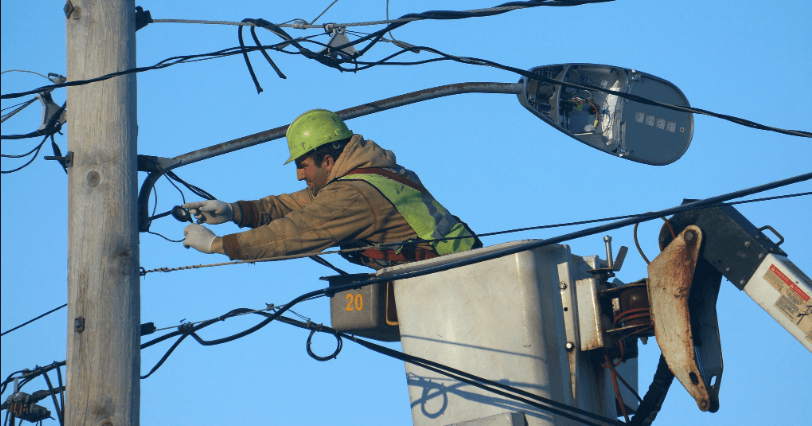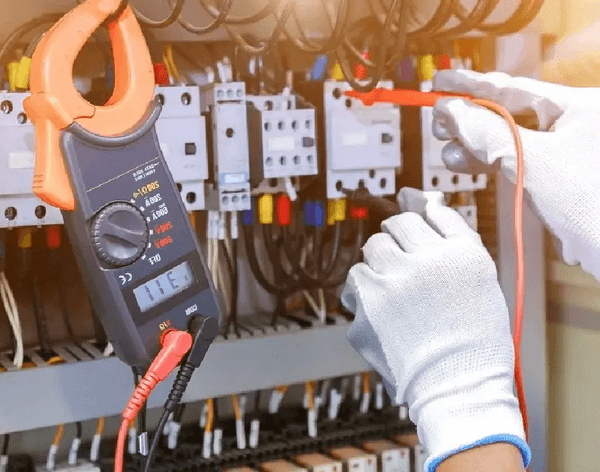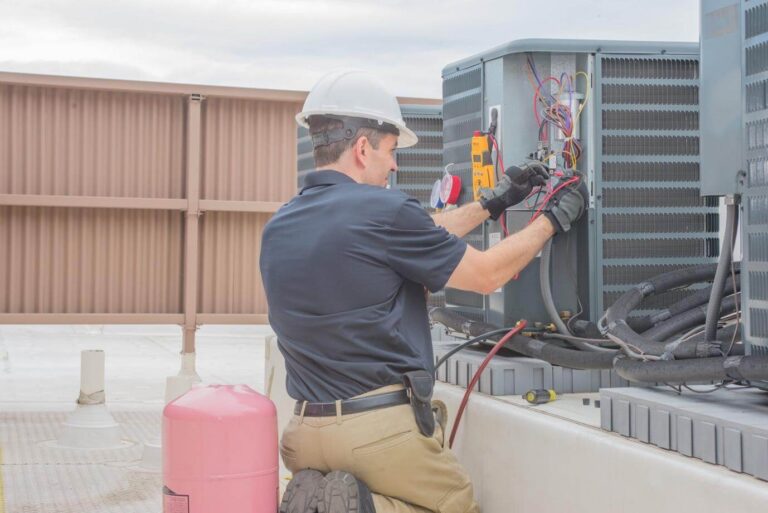Power outages can occur unexpectedly, leaving homes and businesses without electricity. Understanding how power restoration works and how outages are diagnosed can help individuals and organisations prepare for these situations. In this blog, we’ll explore the key aspects of power restoration and how technicians diagnose outages to get your power back up and running as quickly as possible.
What Causes Power Outages?
Power outages can be caused by various factors, ranging from natural events to equipment failure. Common causes include:
- Severe Weather: Storms, strong winds, and lightning strikes can damage power lines and transformers.
- Equipment Failure: Ageing infrastructure and overloaded circuits can lead to failures.
- Accidents: Vehicle collisions with power poles and construction incidents can disrupt the flow of electricity.
- Planned Maintenance: Power companies occasionally schedule outages for essential maintenance or upgrades to the grid.
Knowing the root cause of an outage helps both consumers and electricity providers manage the situation effectively.
The Power Restoration Process
Restoring power after an outage is a complex and often multi-step process. Electricity providers prioritise restoring power as safely and quickly as possible. Here’s an overview of how power is typically restored:
1. Damage Assessment
Once an outage occurs, field technicians are dispatched to assess the situation. They look for visible signs of damage, such as fallen power lines, blown transformers, or damaged substations. This assessment phase helps them understand the extent of the outage and the resources required for repairs.
2. Restoring Power to Essential Services
Restoring power to essential services such as hospitals, emergency services, and water treatment plants is the top priority. These critical services are necessary for public safety and must be restored first. In some cases, temporary generators may be used to keep these facilities operational while broader repairs are being made.
3. Repairing Major Transmission Lines
Technicians focus on repairing the largest power lines and substations first. These are the backbone of the electricity grid, and restoring them can bring power back to thousands of customers at once. This step may take time depending on the severity of the damage and weather conditions.
4. Restoring Local Distribution Networks
Once the major transmission lines are operational, attention turns to local distribution networks. This involves repairing smaller power lines, poles, and transformers that serve individual neighbourhoods and businesses.
5. Restoring Power to Individual Homes
After the larger networks are fixed, crews focus on restoring power to individual homes and properties. This stage of the process can take longer if there are multiple faults in the local network or if technicians must make repairs to lines on private property.
Outage Diagnosis: How Is the Cause Determined?
Diagnosing a power outage involves using both human expertise and advanced technology. Technicians rely on a combination of manual inspections and remote monitoring systems to pinpoint the cause. Here’s how it’s done:
1. Smart Meters
Many homes and businesses in Australia are now equipped with smart meters. These devices can provide real-time data on power usage and help identify outages remotely. If a significant drop in power usage is detected across a large area, technicians know an outage has occurred and can begin investigations immediately.
2. Monitoring Systems
Power companies use advanced monitoring systems that track the flow of electricity across the grid. These systems can identify where in the network the power flow has been interrupted, helping technicians locate the fault more quickly.
3. Manual Inspections
In some cases, manual inspections are required. Crews are sent to physically inspect power lines, transformers, and substations. These inspections are particularly important during severe weather events, where fallen trees or flooding can obscure damaged infrastructure.
Preparing for Power Outages
While power companies strive to restore electricity as quickly as possible, it’s important to be prepared. Having an emergency kit with torches, batteries, and non-perishable food can make outages more manageable. By understanding the steps involved, you can better prepare for outages and appreciate the work done by technicians to restore power safely. Always stay informed and take necessary precautions to ensure you and your loved ones remain safe during power disruptions.

















